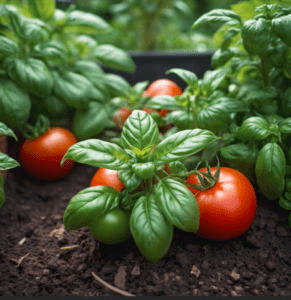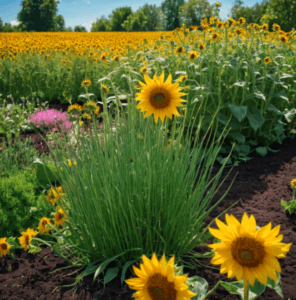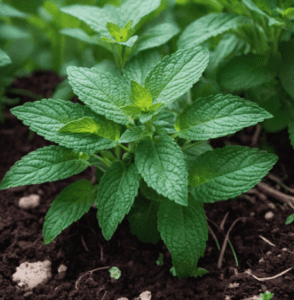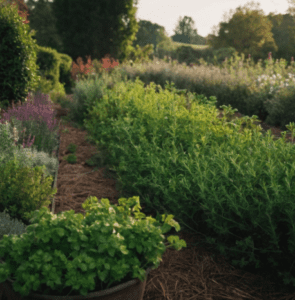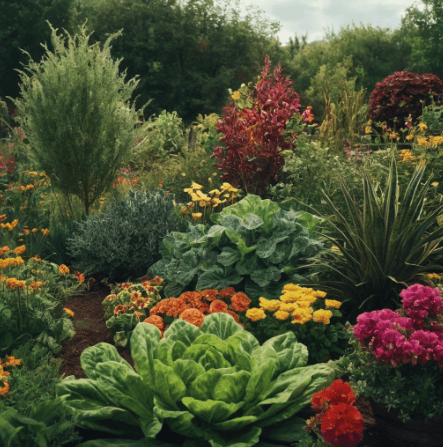
First things first, why bother with companion planting? Well, for starters, it’s a fantastic way to keep pests away naturally. Studies published in reputable journals have shown that certain plant combinations can deter harmful insects. For instance, a study published by the National Institute of Health found basil plants grown alongside tomatoes significantly reduced pest damage compared to those grown alone. Plus, some plant combinations can help each other grow better. That’s right, it’s about creating a mini ecosystem where plants work together to create a healthier garden.
Garden Goals and Space Considerations
Before you start planting, think about what you want from your garden. Are you looking to maximize your yield, or perhaps you’re more interested in a garden that looks good and functional? Also, consider the size of your garden. Not everyone has acres of land, and companion planting can be adapted to even the smallest spaces.
Choosing the Right Herbs for Companion Planting
Herbs are not only great for cooking but also brilliant as companion plants. They’re generally easy to grow and can adapt to various spaces—from sprawling garden beds to small pots on a balcony.
Annual Herbs for Easy Care
Pairing annual herbs with annual vegetables is a smart move. They tend to have the same lifecycle which can make maintenance a lot easier. For instance, basil and tomatoes are great buddies. Basil helps repel pests that might munch on your tomatoes, and some say it even makes them taste sweeter!
Effective Herb and Plant Pairings
When it comes to choosing plant pairings, a bit of research can go a long way. Some herbs can repel pests naturally, while others might help improve pollination. For instance, chives can help keep aphids away from sunflowers and improve their growth.
Examples of Dynamic Duos
- Tomatoes and Basil: Already mentioned, this classic duo helps improve each other’s growth and keeps pests at bay.
- Carrots and Rosemary: Rosemary can help repel carrot flies, making it a great neighbor for your carrots.
Perennials with Purpose
Perennial herbs are not just useful for cooking; they can also add a decorative touch and help repel pests. Lavender, for instance, is not only beautiful but its strong scent repels deer and rabbits, and attracts pollinators like bees.
The Power of Flowering Herbs
Flowering herbs like lavender and echinacea not only add a splash of color but also attract beneficial insects. These insects help with pollination and also keep the pest population under control.
Herbs as Natural Pest Repellents
The scent of certain herbs can be a powerful deterrent for pests. Mint, for example, can repel ants and aphids. Just be careful as mint can spread aggressively. It might be best grown in pots to keep it contained.
Groundcover and Living Mulch
Some herbs make excellent groundcover. Thyme, for instance, can cover the soil, reducing weeds and retaining moisture. Plus, its scent can help keep certain pests away.
Container Companion Gardening with Herbs
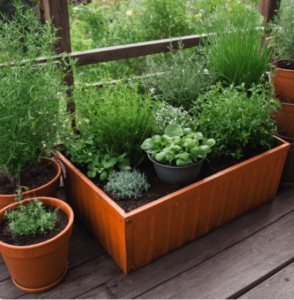
Growing herbs in containers is not just for those short on space. It can also help manage plants that tend to overtake the garden, like mint. Plus, pots can be moved around to optimize sun exposure and can even be brought indoors when the weather turns cold.
Managing Aggressive Herbs
Some herbs, like mint, can be quite invasive. Growing them in containers is a great way to keep them under control. This prevents them from spreading where they’re not wanted and makes maintenance much easier.
Creating Effective Herb Borders
Using herbs as borders can not only make your garden look good but also serve a functional purpose. They can deter pests and attract pollinators, all while defining the space aesthetically.
To keep your garden productive throughout the season, consider succession planting. This involves planting new plants as others finish, which can be especially effective with herbs and annual vegetables.
Companion Planting: Not a Silver Bullet, But a Worthwhile Strategy
Companion planting is a fascinating and age-old practice that can benefit your garden in many ways. It’s important to remember that it’s not a guaranteed solution, and results may vary depending on your specific garden conditions.
However, by understanding the basic principles and experimenting with different combinations, you can create a more vibrant and resilient garden ecosystem. So why not give it a try and see how your plants thrive with the help of their companions?



















